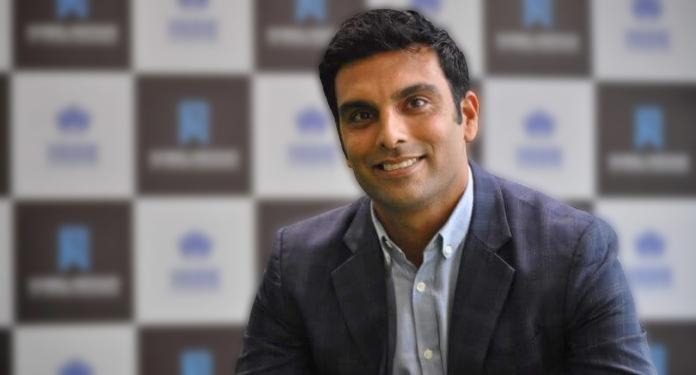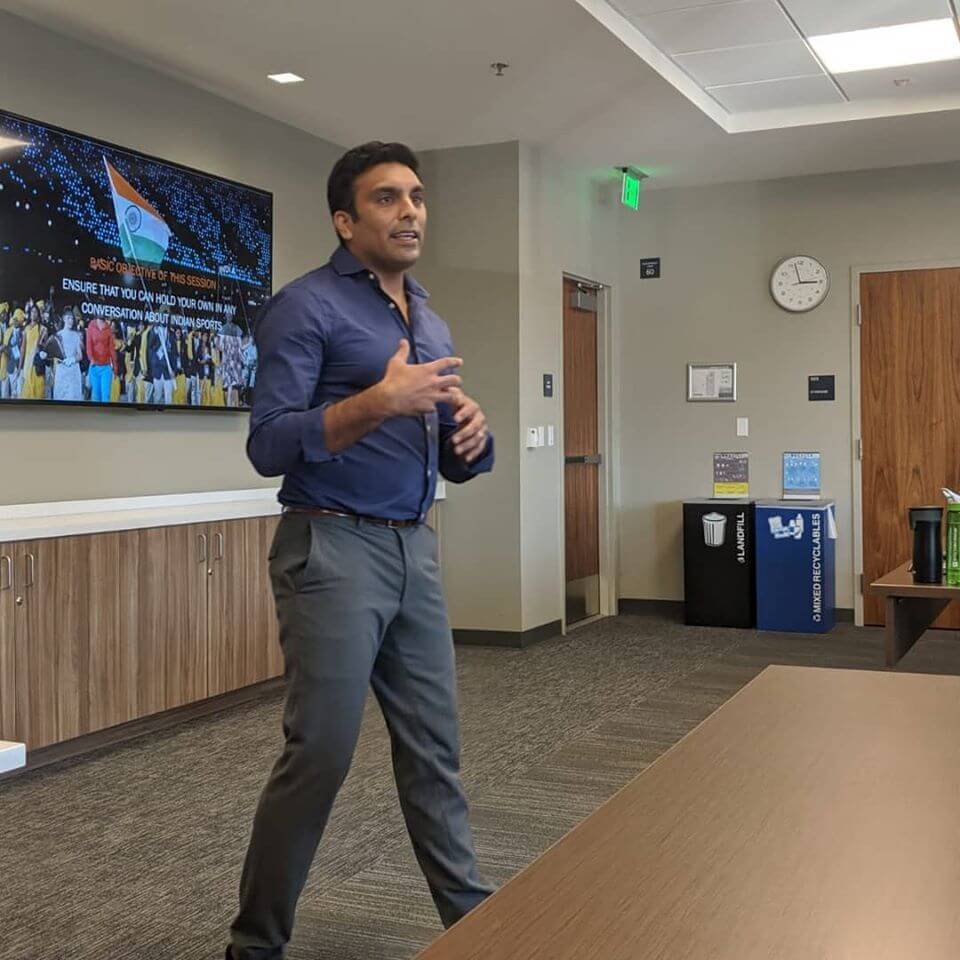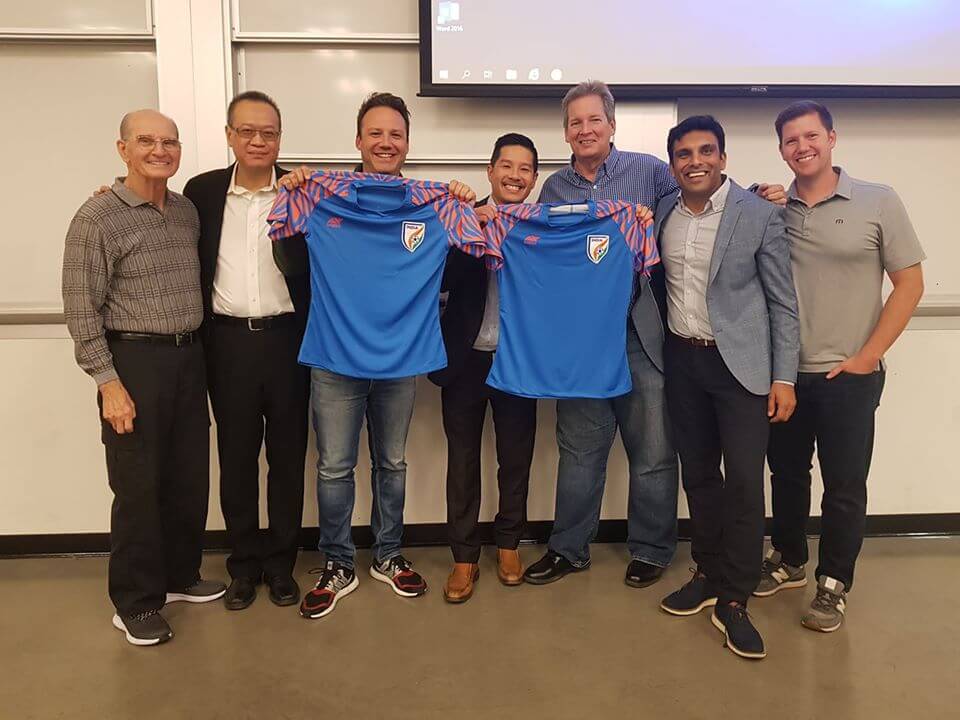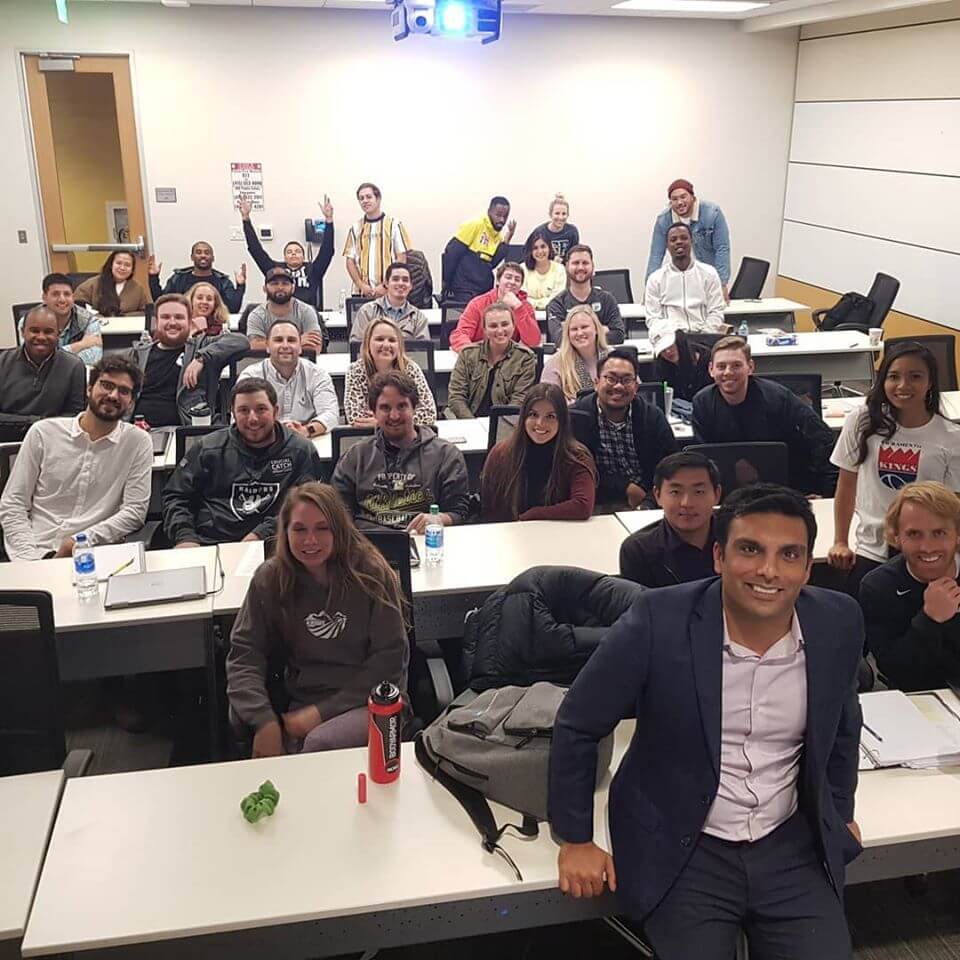Featured
How the West can learn from the East on developing sports in a dynamic environment

A few months ago, I received an invitation to deliver a series of lectures on the Indian Sports Landscape to postgraduate sports management students across North America. This was a dream opportunity given the fact that I spent the first 30 years of my life in the United States and shifted to India 10 years ago with the sole intention of connecting the East and West via sport and education. However, once my initial excitement began to fade, it was quickly replaced with concern around how I would be able to create a presentation on Indian sports which would add value to students studying at some of the top sports management institutes in the world.

A few weeks before the trip, my team and I sat at a whiteboard and mapped out the past, present, future and interesting storylines around the key sports in India. After that, we assessed the progress of the international sports organizations that have looked to establish a presence within the country. I ended the session by writing down everything that I have personally learned while working within the Indian sports industry over the past decade. Once we stepped back and looked at the completely filled up whiteboard we realized that, in fact, there is so much that the East can teach the West, especially as it relates to developing & managing sport in a dynamic environment.
The United States’ strength has been its ability to build commercially viable sports properties through entertaining, engaging and monetizing its population of 330 million people. This is reflected through the revenue figures, national awareness and local market relevance achieved by its top professional leagues. As a result of this success though, the US professional sports landscape has been firmly established leaving limited space for major structural changes or new players to enter the ‘Big 5’ of the NFL, NBA, MLB, NHL and MLS.

On the other hand, the professional Indian sports landscape is relatively nascent which has allowed for opportunities for industry stakeholders to trial various sports league legal structures, business models and formats. And similar to the highly successful Bollywood industry, India’s strength within the sports sector has been its ability to create sports properties that leverage notable personalities and media platforms to reach its massive population.
Within the process of establishing professional sport on the Indian subcontinent over the past decade, some unique insights and learnings have surfaced which can be of value to stakeholders working in the heavily structured US sports landscape. Some examples of this include:
- The Birth of IPL: Commercial success achieved by launching a new format for an already popular sport
- The Pro Kabaddi League Story: How packaging and promoting an ancient sport has achieved extraordinary viewership numbers
- The financial and operational benefits associated with short duration leagues
There are endless amounts of data and anecdotes associated with each of the above that would add value to aspiring or current sports industry members studying the impact of applying various professional sport league models and strategies.

The other unique aspect of this East teaches West concept has to do with the number of US and European based sports organizations looking to establish themselves within India thanks to the fact that the country has 600 million people under the age of 25, 627 million people with internet access and 200 million TV households. One of the primary learnings of mine after spending a decade working within the Indian sports sector is that, it is critical to be IN India in order to achieve success building a brand or establishing a presence within this market. And while most of the students who I was going to engage with, most likely did not have plans to pursue careers within the Indian sports industry upon graduation, there are a number of interesting pieces of information that one could share in case they ever are in a position to support the international divisions of a League, Franchise or Agency exploring business or development opportunities within the Indian market.
In the end, I put together a 75 slide presentation, travelled to the United States and delivered lectures to over 200 MBA students at UMass Amherst, University of San Francisco (2 campuses), San Diego State and Cal State Fullerton. It was amazing to experience the students’ interest in learning about the Indian sports industry and refreshing to see how clued in many of them were on the latest sports news taking place within the subcontinent – even Kabaddi. And since returning to India last week, I’ve received emails from over 25 students requesting additional information about the Indian sports industry – which to me clearly shows enthusiasm around the subject matter.
I am confident that this is just the start of opportunities for Asia based sports management professionals to leverage their experience and learnings to educate the West on a number of essential sports industry topics.

